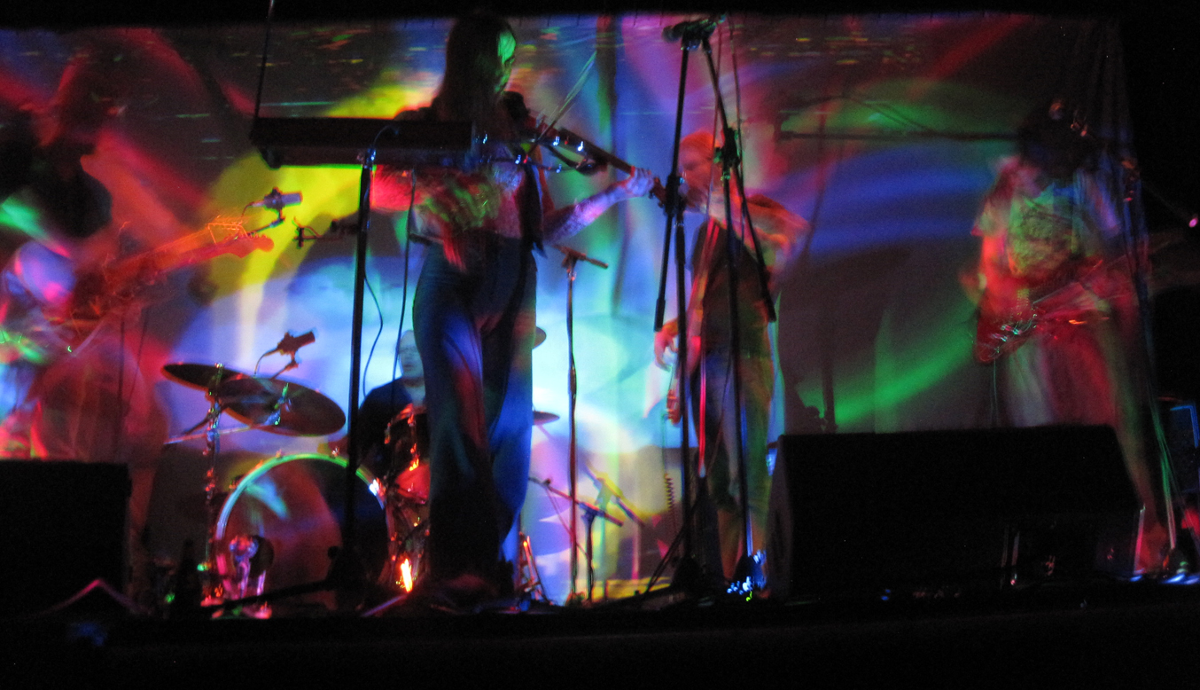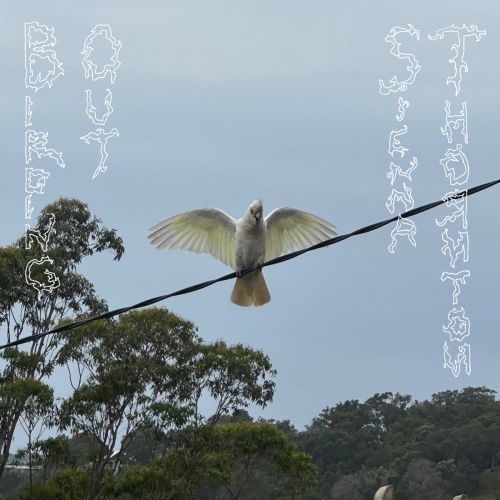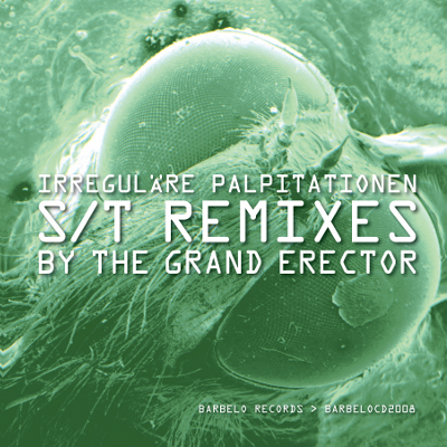The Slimelight, London
1 November 2003
The Pressure Point, Brighton
2 November 2003
The Legendary Pink Dots return to their founders’ home country after an absence of a good few years is always a welcome event – that they then play two gigs in a mini-micro tour is an added bonus. First surprise is their appearance at uber-Goth Saturday mainstay club The Slimelight; second that they play the next day in the upstairs pub room with bells on which is the Pressure Point in Brighton. As it turns out, the contrast could have hardly been more different.
The Slimlight has been and (mostly) remains the sleaziest, scuzziest and sometimes the most vibrant club in London, for going on two decades now. Dark young things and those old enough not to care any longer if black is the new rock and roll slip in at pub closing time to the back streets of the Angel, in that small forgotten part of Islington behind the Tube station which resists gentrification, if only by the skin of its fangs. Paintball arena by day and multi-roomed megaclub at the weekend, the place reeks of underground cred and sticks to the feet with the same literally tacky adhesive quality it has done since the days of unisex toilets and hardcore weirdos. There may be helpful staff and Council-registered bouncers these days, in-house bars so you don’t have to bring your own moonshine any more and even an immense cloakroom for the outer garb to keep the bondage gear covered up on the tube in from all points suburban and halls residential, but The Slimelight is still unique among clubs.
The Dots make their live appearance in an upstairs hall, decked with crackly monitors which seem to have been broadcasting the same static since 1993; the room fills up with a motley crew of those few UK Dotsheads who emerge blinking into the darkness from far afield whenever the band touch down in their old home town, and the eyelined staring cybergoths who line the walls on a regular basis. They are in for a treat. Edward Ka-Spel is barefoot as ever, Niels van Hoornblower resplendent in motley suit and confortable skullcap, The Silverman set behind his keyboard as the supreme electronicist at the controls. New guitarist Erik gangles and strums his instrument into life as the electronic arpeggiations of “Casting The Runes” signals a ninety minute diversion from the mundane which any excursion into the width and depth of the Pink Dots catalogue promises.
When highly competent bands play live they tend towards several states, the commonest being variations on their recorded work spilt through with improvised tangents, and picture-perfect snapshots of recordings which are akin to sitting in on a studio session with as much variation as watching marionettes play through a setlist. Not so the Dots, whose tightness is exemplary yet manage to put on a show of considerable strength and engaging power on both nights, a feat contributed to in no small measure by the expertise of Raymond Steeg, their sound engineer who tweaks each venue’s desks to bring the best possible mix forth, and then some. The Slimelight crowd is welcoming, enthusiatically enraptured into the mesmerising stage presence of Edward, centrepiece of a group whose oddness is unforced and convincing. Ka-Spel creeps and stalks the stage, grasping mic stand for dear life or pounding out dramatic chords at his synth keys, a curious hunch back not actual but emergent, casting him in the role of sinister jester and eldritch tale spinner in front of the perfect audience for the band’s particular brand of otherworldy apocalypses and domestic streams of lateral consciousness.
By contrast, the Brighton show is before an audience of barely forty souls, just about enough to form a couple of rows in the upstairs room of the recently-remodelled pub/bar/venue Pressure Point. Despite the small (but highly enthusiastic) turnout on a rainy Sunday night in a university town which would seem ripe for the Dots experiment in provincial touring, the band put on a show worthy of a sold-out capacity crowd, and there are some advantages to the intimate (if widely-spaced) setting. As is customary, on both nights Edward and Niels perform their party games with the audience; Ka-Spel taking up with a woman in the crowd for the unsettling monologue “A Certain Stuucky”, taking the story close up and personal, looking into her eyes through his ever-present shades and speaking his half of a Sunday morning event at home where something unspecified must be disposed of. When he yells “KILL IT!” the first time, there is an almost visible jump throughout the audience members not expecting such violence and viciousness; pity the poor subject of his attentions as she becomes the focus of (a shoulder-)gripping drama.
Niels’ tactic is more playful – he steps off stage with his saxophone and wanders the crowd, lighting their faces with a lamp in his instruments’ horn, creeping up behind the audience to goose them musically; in Brighton, the combination of Ka-Spel and Hoornblower is comedic, as one harangues and freaks out while the other takes the opportunity to give the entire room a taste of the full-frontal saxophony – and they love it, bar staff and punter alike, some dancing to the grooves and parps or wriggling in the sonic blast, or even when shying away with embarrassed distance, there is still a smile to be found among the alarm and disturbance of the usual barrier between crowd and spectacle. This is what the Dots live show is all about – grasping the audience, wrapping them in another world then stripping away the boundaries between performance and reality.
So each night’s gig ends on different notes; The Slimelight passes into bustling, preening ultra-Gothic energy and dissolution outwards in search of night buses or the long dance until dawn brings the trek around the corner to the early trains and a day spent recovering; once again, the difference in Brighton is stark; a filtering away in minutes of the few who knew, some to catch the last train to the Smoke. In either case, the Dots are a triumph still, whether before a multitude or the curious and the convinced; proseletysing friends and strangers alike into ultra-Industrial club or the seaside circuit alike, and spreading the word that there is a reason why this truly is a legendary band.
–Tango-Mango–



